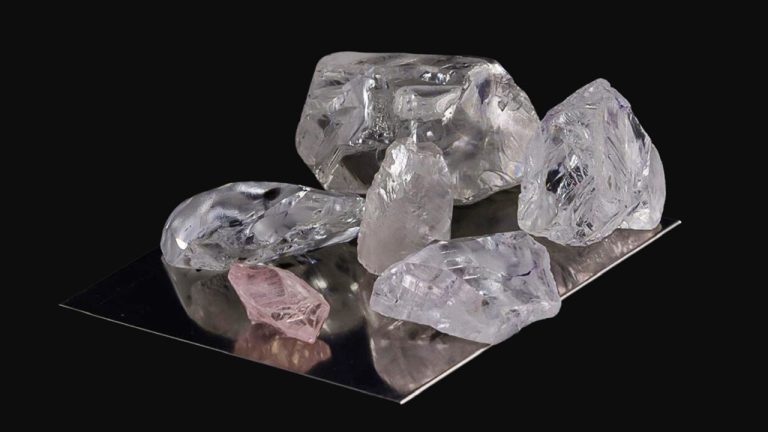Diamonds are made of pure carbon, but their unique atomic structure is what gives them their remarkable properties.
Why Diamonds Are Special:
Pure Carbon Composition
Diamonds are composed entirely of carbon atoms (C) arranged in a crystal lattice structure.
Unlike other carbon-based materials like graphite or coal, diamonds have a tetrahedral atomic arrangement, making them the hardest naturally occurring substance.
Crystal Structure: The Secret to Hardness
Each carbon atom in a diamond forms strong covalent bonds with four other carbon atoms in a three-dimensional network.
This cubic crystal structure (known as a diamond cubic lattice) gives diamonds their exceptional hardness and durability.
Difference from Graphite
Both diamond and graphite are made of pure carbon, but they have different atomic structures (allotropes):
Diamond: Carbon atoms are arranged in a rigid 3D tetrahedral network → Hard and transparent
Graphite: Carbon atoms are arranged in stacked layers of hexagonal sheets → Soft and opaque
This difference in structure explains why diamond is used in cutting tools while graphite is used in pencils.
Formation Process
Natural diamonds form under high temperature (1,000–1,300°C) and extreme pressure (45–60 kbar) deep within the Earth’s mantle over 1–3 billion years.
Lab-grown diamonds are created using HPHT (High Pressure High Temperature) or CVD (Chemical Vapor Deposition) methods, replicating these natural conditions.
Purity and Impurities
A pure diamond consists only of carbon, but trace elements (e.g., nitrogen, boron) can cause variations in colour:
Nitrogen → Yellow diamonds
Boron → Blue diamonds
Radiation exposure → Green diamonds
